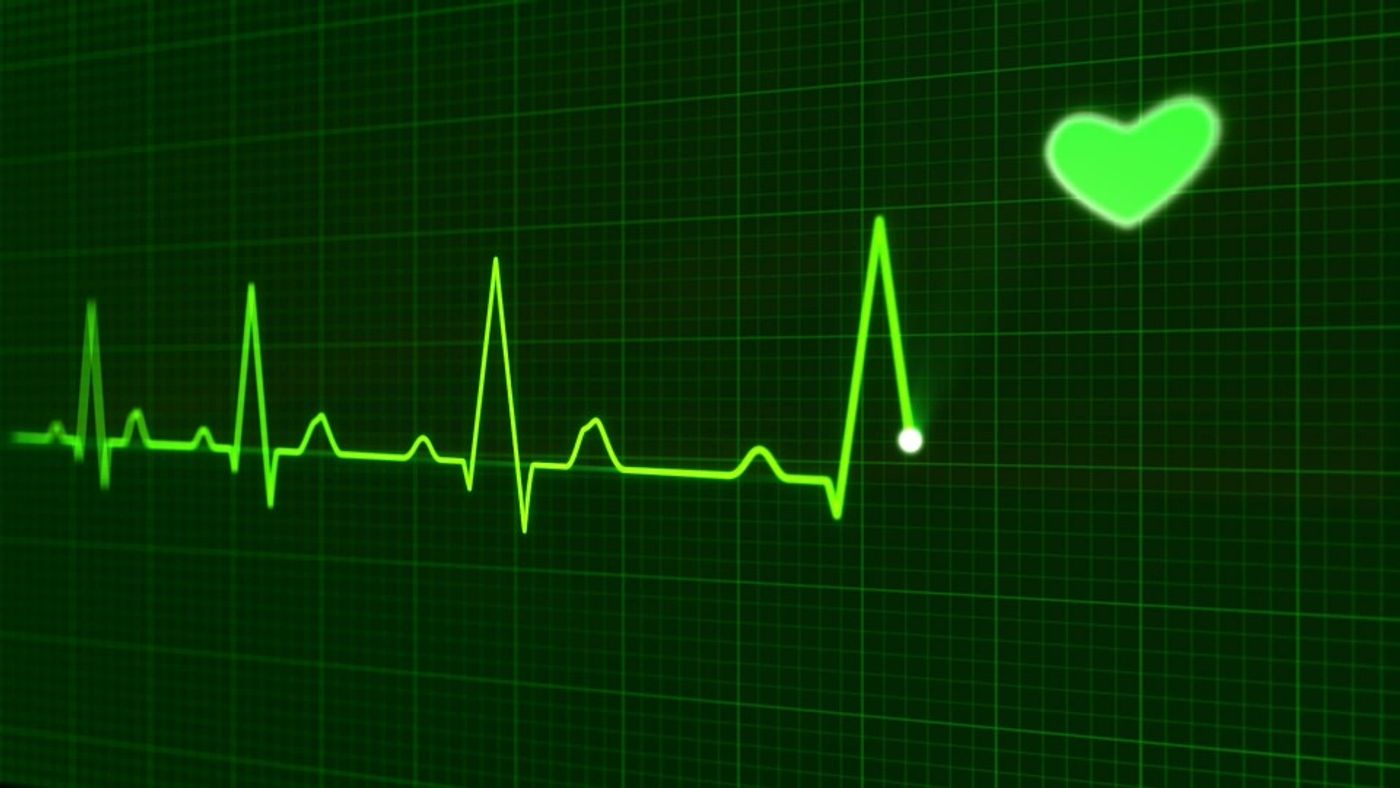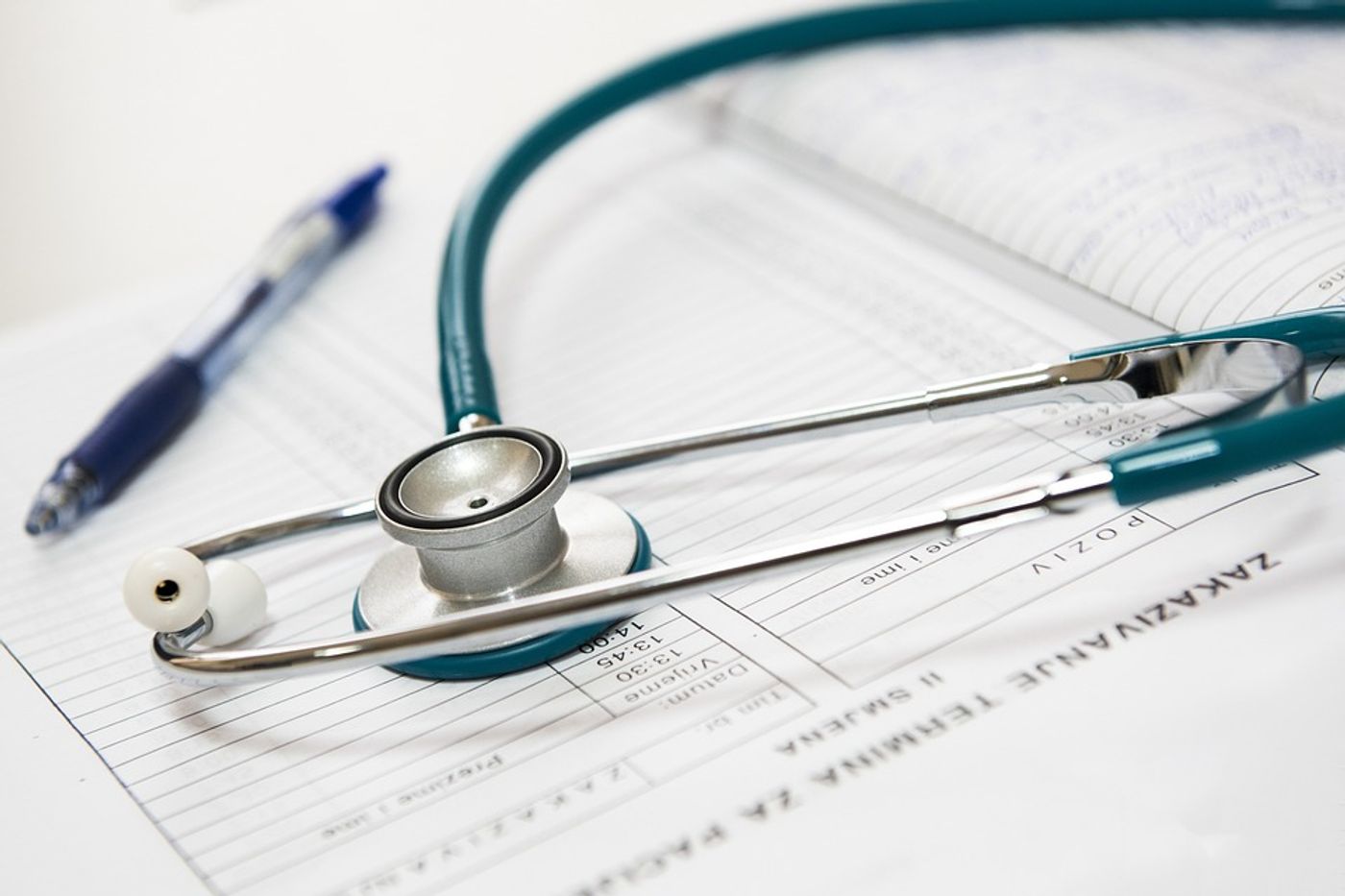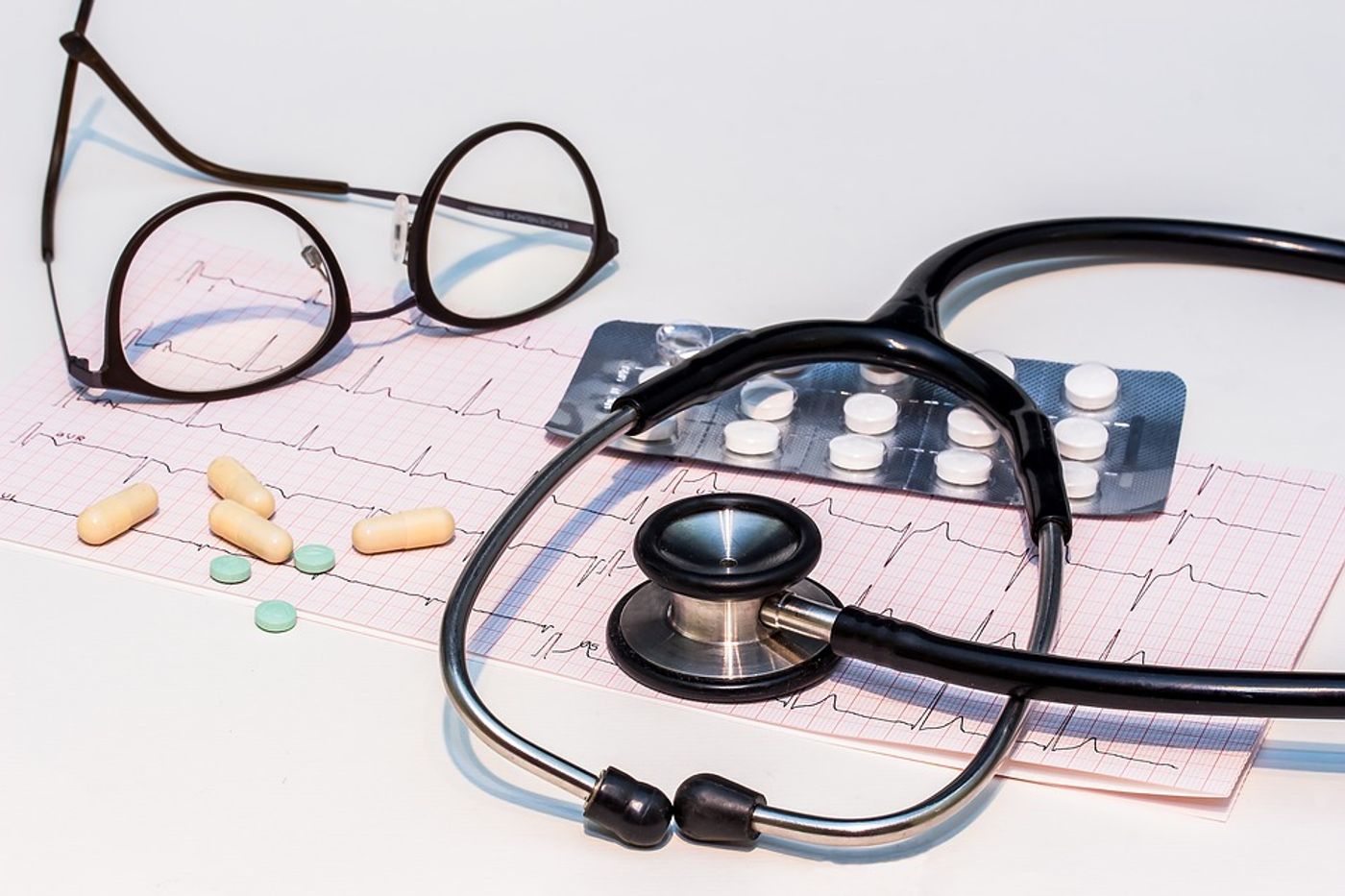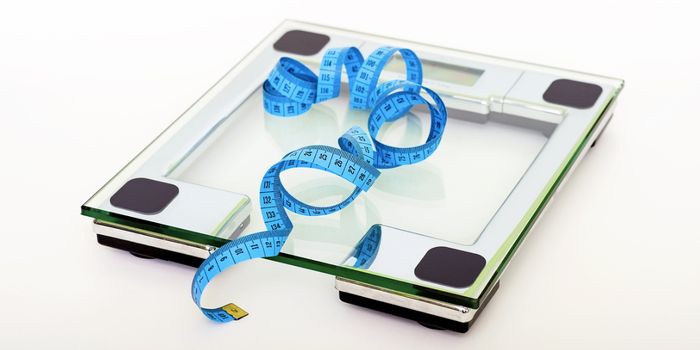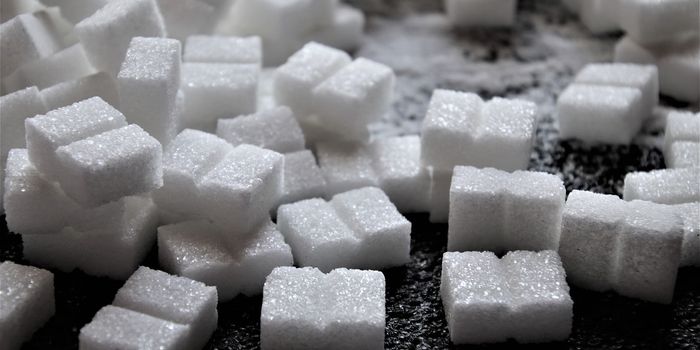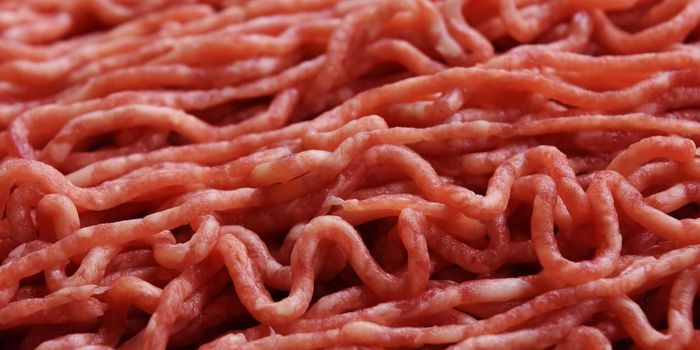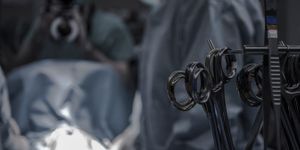Stem Cells Improve Post Infarction Repair
Following a heart attack, tissues within the heart are often damaged. Once damaged, the heart is incapable of regeneration of these tissues. These dead areas within the heart can strain the surrounding muscle which now has to work harder to pump adequate amounts of blood throughout the body. This stress can lead to enlargement of the heart, which can be fatal.
To address this problem, biomedical engineers have attempted to aid the heart in healing using pluripotent stem cells. Using these, scientists can grow cardiac muscle cells outside of the body. The cells are then injected into the heart near the site of tissue damage. This method has shown moderate improvement in experimental and clinical trials but is not without challenge.
Though following this procedure the left ventricle is more capable of pumping blood, results vary based on the quality of cells used. Furthermore, cells that have been damaged by the procedure do not die off once injected. Instead, they remain within the heart and are a possible source of future dysfunction.
Researchers at the University of Alabama at Birmingham have recently discovered a way to improve the quality of cells used in the procedure. When their technique was used in mouse models engraftment rates of the injected cardiomyocytes doubled. Researchers working on the project say their approach can easily be adopted in clinical settings.
Injections of this type require millions of stem cells. To get these large numbers of cells researchers often accelerate their growth. This growth acceleration is responsible for the large amounts of damaged cells found in injection preparations. These DNA-damaged cells are not suitable for transplantation and must be removed before the procedure.
In attempts to clear these damaged cells, researchers found that by activating transcription factor p53 in stem cells they could induce apoptosis within only the damaged cells. The procedure left healthy cells unharmed after which dead cells could simply be washed from the culture.
When preparations that had been rinsed of damaged cells were then injected, the engraftment rate doubled jumping from 7% to 14%.
The above video takes a look at the laboratory process of differentiating stem cells into cardiomyocytes.
Sources: Circulation, Thermo Fisher Scientific
